Even before the pandemic, there has been a rising trend in the industry about the need to make work easier for employees. This is fueled by the so-called Great Resignation which has shown that even a pay rise is not enough to keep employees happy enough to stay in their jobs. According to recent statistics, there is a voluntary turnover rate of 15% among employees. This gave rise to the employee experience tool, which is an innovative platform that shifts the focus towards employees and the role they play in an organization’s long-term success.
Insight into Employee Experience Life Cycle
To better maximize the value that an employee experience tool has to offer, it is important to understand the life cycle of an employee’s journey in the company. According to recruitment experts, the employee experience begins before hiring – it starts during the pre-hire process when you source and screen employees.
There are seven stages in an employee experience life cycle:
- Recruit: This is the first contact that an employee has with the company.
- Hire: This is critical as you iron out the details of the salary and employment contract.
- Onboard: This is crucial as you welcome your employees into the organization.
- Engage: This is when you aspire to keep employees satisfied and motivated to give their best performance.
- Perform: This is when you conduct regular performance reviews and assessments to boost productivity.
- Develop: This is achieved through continuous training that is aimed at enhancing an employee’s skills and knowledge.
- Separate: This is the termination process where you gain valuable feedback about the employee experience.
You must master every stage of this life cycle if you want to retain the top talent in your organization.

What is an Employee Experience Tool?
Based on the 7 stages of an employee experience life cycle, stages 4 to 6 are the most critical. You need to nurture these steps to keep employees motivated, which will, in turn, benefit the company’s overall productivity and performance.
An employee experience tool must adhere to the employee experience framework. This framework identifies the critical areas that impact employee experience and ways to measure success.
For example, it starts on a leadership level where goals are established, and then the organization implements programs and practices that will push forward that goal. This translates to a positive employee experience as they feel a sense of purpose and personal achievement. This simplified framework makes it easy to measure success based on employee performance and retention.

To make this possible, you need to choose an employee experience tool that has all the essential features you need. Here are some of them:
Employee Surveys/Feedback Management
A good employee experience tool must be open and receptive to feedback from employees. If possible, the feedback must be collected in real time or as experiences occur. The experiences can range from on-the-job training to the recruitment process, performance evaluation, and so on.
This tool must be able to gather the feedback and route it toward the concerned individuals who can provide resolution to those issues at speed. Moreover, they can use insights from the collected feedback to develop programs that deliver an improved employee experience and benefit the organization as a whole. By enabling employees, organizations can design and build on better employee experiences.
Performance Management
Providing employees with timely feedback about their work performance is critical to an improved employee experience. Performance management is, therefore, one of the features you need to look for in an EX tool.
An honest and timely assessment of performance can help employees develop critical skills and capabilities that make them better equipped to do their job. In turn, this improves their motivation and increases their engagement level at work.
Streamlined Communication
While communication in a traditional office setting had some issues, it was considerably easier when all employees reported to the same office. This is different from (and more challenging than) the current work setup with remote and hybrid employees. This makes for a historic challenge for any team as far as communication is concerned.
The best employee experience tool offers multichannel capabilities to streamline the way your team communicates with each other. There should be an integrated hub where the employees can converge and all updates are visible to the appropriate teams. At the same time, it should be equipped with audience segmentation features so that communication is directed toward the applicable audience. This tool should give you more control over how and when you communicate.

Collaboration and Team Building
The best EX tools must offer collaborative and team-building features. The ability to work efficiently as part of a team makes employees feel more valued and gives them a sense of purpose.
It should provide various management tools that can facilitate faster and more efficient collaboration. It also helps the team create and keep track of team goals.
Easy to Use
The core capabilities of an employee experience tool lie in the user experience. Do not lose sight of this when choosing the best tools to use for an improved employee experience.
Make sure that the software tool you use offers adequate flexibility so that your employees can engage with it efficiently. Whether the tool is accessed from the desktop or via a mobile app, it should be responsive and user-friendly. The goal is to promote engagement and productivity among your employees, so it should primarily be easy to navigate. If not, it will only become a hindrance to employee productivity and engagement.
Potential Roadblocks to Improved Employee Experience
Make sure you recognize the potential hindrances that could prevent your organization from implementing a successful employee experience strategy:
- Not regarding employee experience as one of your priorities
- Using outdated technological solutions
- Lacking a designated team to focus on improved employee experience initiatives
- Insufficient employee experience framework
- Having a distributed workforce
Every organization aspires to be productive. To achieve your team goals, make sure you think about the features that would most benefit your team and the individual employees.
Discover the transformative impact of CardioLog Analytics, which drives productivity and enhances employee experience across platforms such as SharePoint, Microsoft Office 365, Microsoft Teams, and Viva Engage (Yammer).
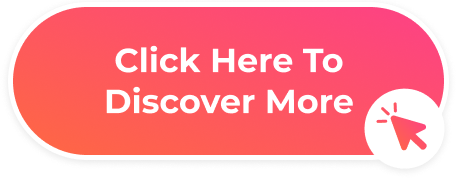

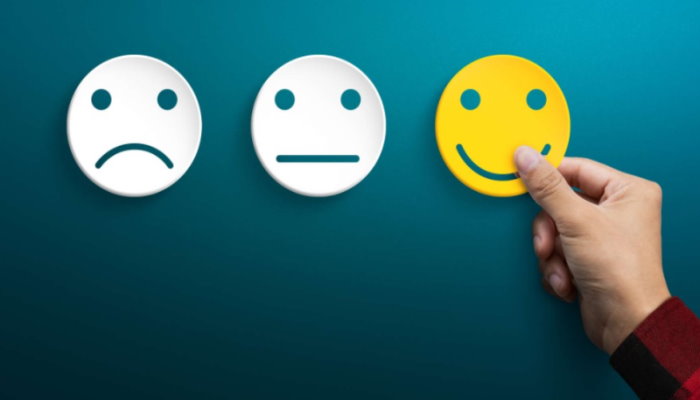




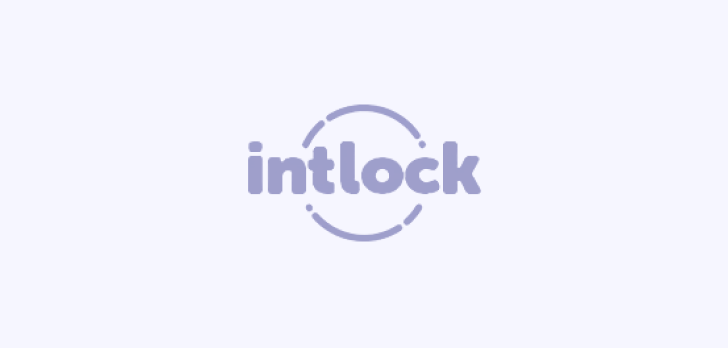
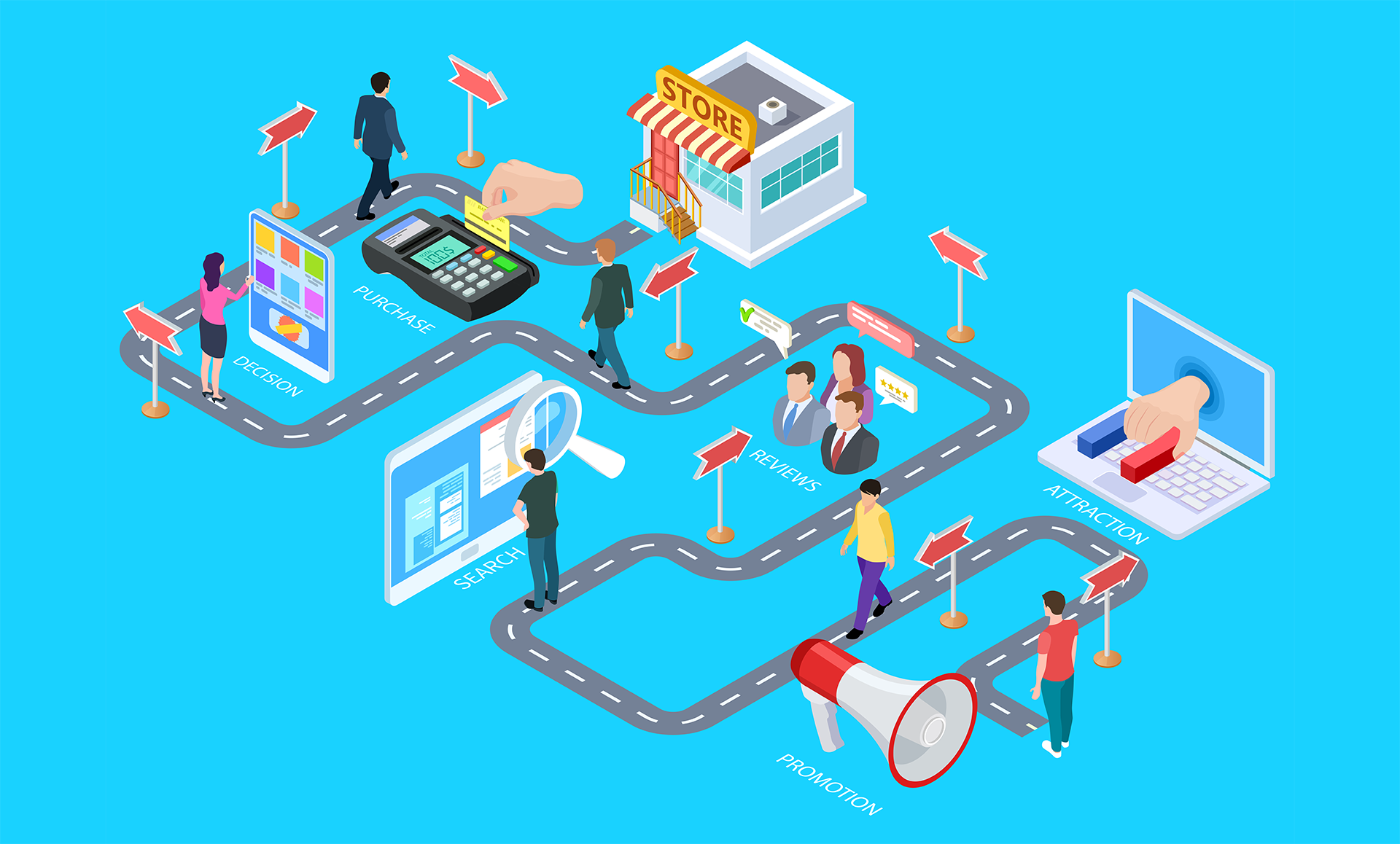

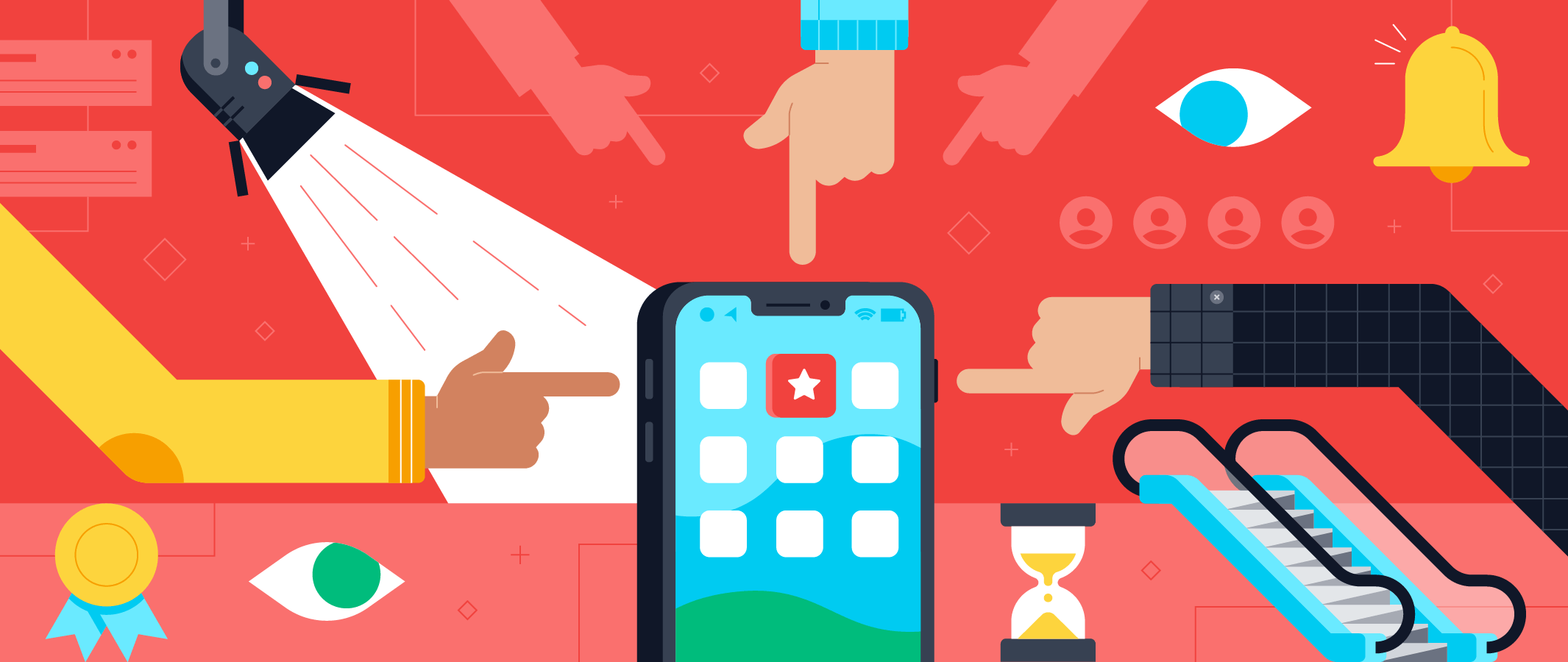

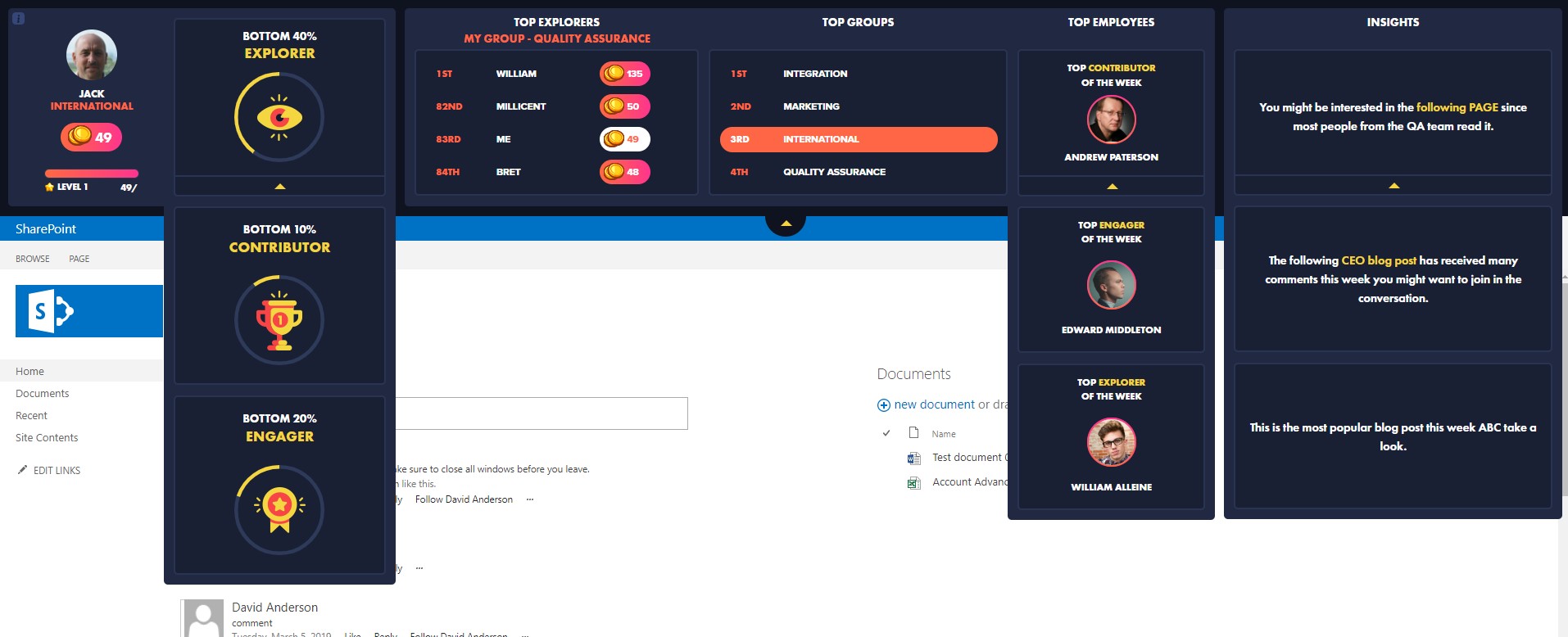
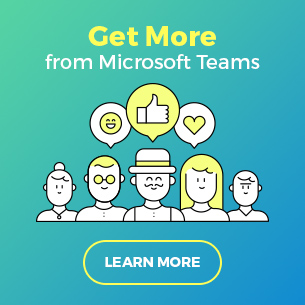
 Follow @cardiolog
Follow @cardiolog 